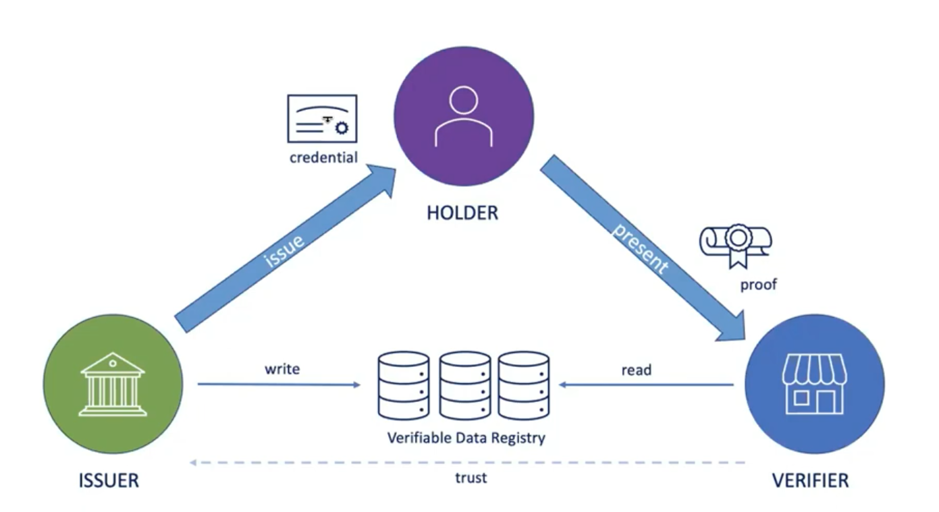Digital Identity Hack Part 3 – Introduction to SSI Presentation
The rise of self-sovereign identity (SSI) presents a groundbreaking opportunity for progress and expansion in the financial sector, with the capacity to reshape digital financial services, simplify transactions, and facilitate seamless interactions. To capitalize on this potential, OP Lab and the EU funded Powered by Blockchain project organized a seminar day and online hackathon, exploring the innovative power of SSI technologies and institutional decentralized finance, setting the stage for a safer, more inclusive, and more efficient worldwide financial ecosystem.
At the seminar, participants engaged in a panel discussion on blockchain projects and a presentation delving into self-sovereign identity. The following section will examine the essential insights and highlights that emerged from the SSI presentation.
Introduction to Self-Sovereign Identity
Harri Lainio’s presentation: Introduction to Self-Sovereign IdentityIn the event day presentation on Self-Sovereign Identity, Harri Lainio from OP Lab introduced SSI, its potential impact on the world, and Findy Agency’s open-source solution for implementing it. The speaker highlighted the power dynamics of the current digital identity model, which has centralized power in the hands of a few online platforms. In the next evolution of the internet, Web 3 aims to shift power back to individuals and things, thus empowering users to take control of their digital identities.
Learn more about Findy Agency here.
Take Control of Your Identity
SSI offers the promise of an internet where individuals are sovereign, building their own networks, and serving as the roots of these networks. By examining the incentives for SSI, the speaker noted that humans are cooperative but inherently distrustful, making the exchange of value challenging. Institutions like banks and governments have historically reduced uncertainty, but the speaker questioned whether there are alternative ways to achieve this. He acknowledged that blockchain technology had solved some issues, such as double spending, but still has a long way to go.
The speaker emphasized that SSI is about putting the user at the center of their digital identity: “I want to be in the center. And that’s something that SSI promises to handle.” By empowering individuals to take control of their digital selves, SSI can reshape the internet and transform how people interact and exchange value online.
Root of Trust
As the presentation progressed, the speaker highlighted that new digital identities could be represented by leveraging real-world entities while maintaining clarity and trustworthiness. He touched on the idea of using FIDO2 authenticators as a “root of trust” and the importance of flawless one-on-one mapping between the digital and real worlds.
Find more information about the FIDO2 here.
Placing the User at the Heart of Trust

The trust triangle
The speaker introduced the concept of verifiable credentials and decentralized identifiers based on secure communication protocols, as well as the trust triangle, which consists of an issuer, holder, and verifier. He explained that the verifier’s trust in the issuer is crucial and that the current technology should be able to handle it. The presenter mentioned the Findy Agency they have been working on and encouraged the audience to explore and improve upon their open-source solutions.
In a memorable quote from the presentation, Harri said, “And with the help of cryptography, we can build a better or at least more interesting world, digital world.” By pushing the boundaries of SSI and digital identity, the speaker envisions a future where individuals have greater control over their digital selves and the information they share.
Project and Event Information
OP Lab arranged the seminar day in Oulu, Finland, and the two-week online hackathon in collaboration with the Powered by Blockchain project during February. Powered by Blockchain project is a collaboration project between University of Vaasa, University of Oulu, University of Lapland and Kajaani University of Applied Sciences. The project is funded by the European Social Fund.
Find more information about the project here.